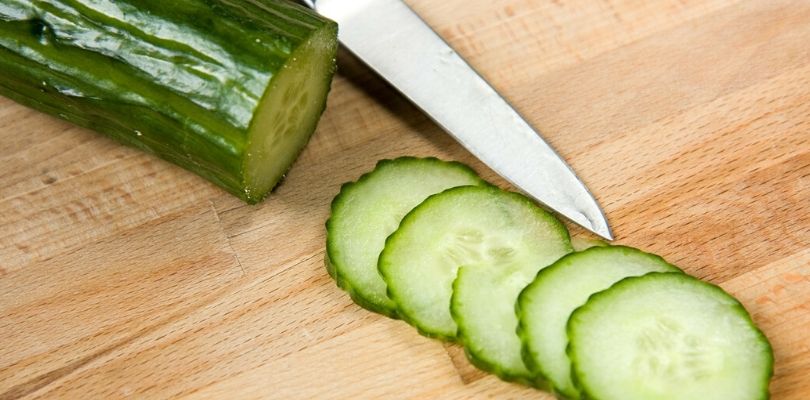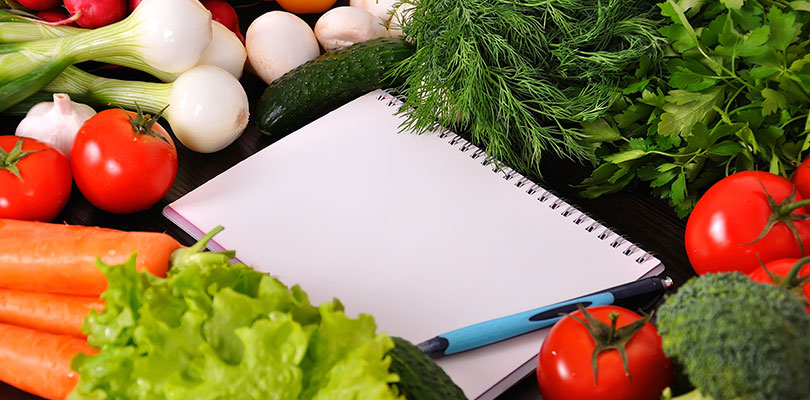A FODMAP Diet for IBS
Irritable bowel syndrome (IBS) is a common digestive disorder with variety of unpleasant symptoms. It can be uncomfortable, embarrassing and challenging to treat effectively. Many people with IBS find that certain foods aggravate their condition, making it hard to know what to eat. There are irritable bowel syndrome foods to avoid, as well as foods that make a proper irritable bowel syndrome diet.
In this article, we look at how foods containing specific carbohydrates called FODMAPs play a role. Here’s all you need to know about the FODMAP diet for IBS.
What Is IBS?
Before we delve into the FODMAP diet for IBS, let’s take a brief look at the condition and irritable bowel syndrome symptoms. IBS is a widespread digestive issue, with some estimates claiming it affects as many as 1 in 10 people. But what causes irritable bowel syndrome? Nobody is sure precisely what causes it.
Most experts classify IBS as a functional disease. This means that there are no obvious changes in the bowel itself. Unlike other digestive conditions such as Crohn’s disease, IBS does not cause inflammation or tissue damage. Some people believe that IBS is the result of miscommunication between the gut and the brain. This communication breakdown causes food to pass through the bowel too fast or too slowly, leading to various symptoms.
This theory helps to explain why many people find their IBS symptoms become worse when they are feeling stressed. Other people find that certain foods trigger an IBS attack and that is where the FODMAP diet comes in.
Common IBS Symptoms
IBS can affect different people in different ways. The most common IBS symptoms include:
- Abdominal pain
- Bloating
- Gas
- Constipation
- Diarrhea
- Incomplete passing of stools
Some people with IBS suffer more from diarrhea (IBS-D), whereas others suffer more from constipation (IBS-C). Some people suffer from a mixture of the two at different times (IBS-M).
Due to its unpredictable nature, IBS can also have a significant impact on one’s quality of life. Therefore, people with IBS frequently suffer from other issues, including depression, anxiety and fatigue.
What Is the FODMAP Diet?
The term “FODMAP” is short for “fermentable, oligo, di, mono, and polyols”. These are a type of carbohydrate that can ferment in the gut when eaten. They increase fluid production in the bowel, leading to excessive bloating and gas.
The FODMAP diet classifies foods as being high or low in FODMAPs. High FODMAP foods are more likely to cause digestive problems in people with IBS. The aim of the diet is to limit one’s intake of these foods to try and keep symptoms under control.
Many different foods contain FODMAPs and it can be difficult to eliminate them all. Therefore, anyone wishing to try the FODMAP diet should do so in three distinct stages. It is also essential to follow the guidance of a qualified dietician to ensure you get all the nutrition you need. The three stages of the FODMAP diet are as follows.
Adopting these healthy habits for IBS sufferers can help to effectively relieve the gassiness, pain and bloating you may experience.
Stage 1: Restriction
The first step is to completely eliminate all high FODMAP foods from the diet. It is necessary to avoid these foods for three to eight weeks in order to gauge whether the diet is working.
Stage 2: Reintroduction
After the restriction stage is over, high FODMAP foods can be reintroduced gradually. Not everyone with IBS will be sensitive to all high FODMAP foods. The aim of this stage is to identify which foods can be tolerated and which cannot. Each food should be reintroduced one by one for a few days at a time. It is a good idea to keep a diary during this stage to log the effects of each food.
Stage 3: Maintenance
Once a person has identified the foods they cannot tolerate, they should avoid these as much as possible. Note that some people can eat small amounts of certain high FODMAP foods but not large quantities.
High and Low FODMAP Foods
The list of foods that you should and should not eat on a low FODMAP diet is a long one. Below, we have listed some of the most common examples of high and low FODMAP foods. There are, however, many others.
High FODMAP foods to avoid:
- Onions and garlic
- Most beans and pulses
- Cabbage
- Cauliflower
- Apples
- Apricots
- Blackberries
- Watermelon
- Wheat
- Rye
- Milk, yogurt, some cheeses
- Sausages and chorizo
Low FODMAP foods to include:
- Most herbs and spices
- Tofu and tempeh
- Carrots
- Cucumber
- Pineapple
- Grapes
- Strawberries
- Cantaloupe
- Rice
- Corn
- Eggs, butter, plant based milks
- Beef, chicken, fresh fish
Pros and Cons of the FODMAP Diet for IBS
The major advantage of following the FODMAP diet for IBS is that it can significantly relieve some symptoms. It is especially effective for reducing abdominal pain, bloating and gas. It may also help to relieve constipation and diarrhea. Furthermore, the FODMAP diet can potentially have other benefits for people with IBS. These include increased energy levels and a better quality of life.
However, there are also some disadvantages to bear in mind. Many high FODMAP foods are fruit and vegetables, which are necessary for a balanced diet. Not only are these foods rich in vitamins and minerals, but they are also often prebiotic. This means that they help to keep your gut bacteria healthy, which is essential for good digestion. Therefore, people should only follow a low FODMAP diet for IBS if other treatments have failed. It is best to try other diets and medications first.
Eating a low FODMAP diet also requires a lot of planning and can be restrictive when it comes to eating out. It may be especially challenging for vegetarians and vegans. However, if you have tried other methods of irritable bowel syndrome treatment and are still having symptoms, the FODMAP diet for IBS could help. Consult a dietician to ensure that your low FODMAP meals are healthy and contain all the nutrients you need.







